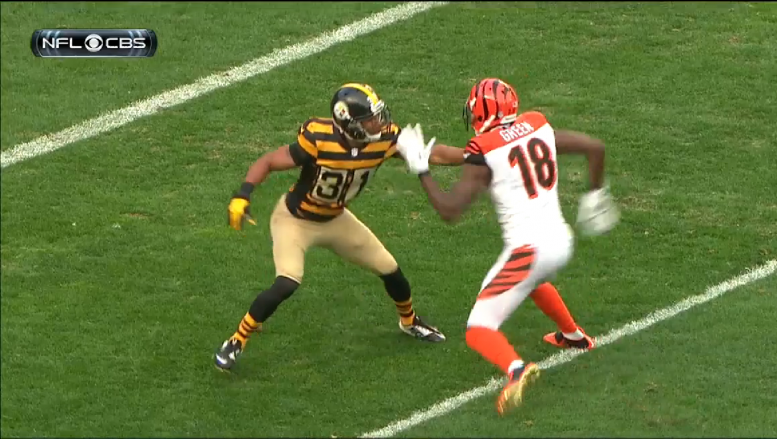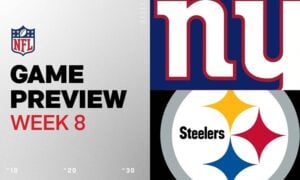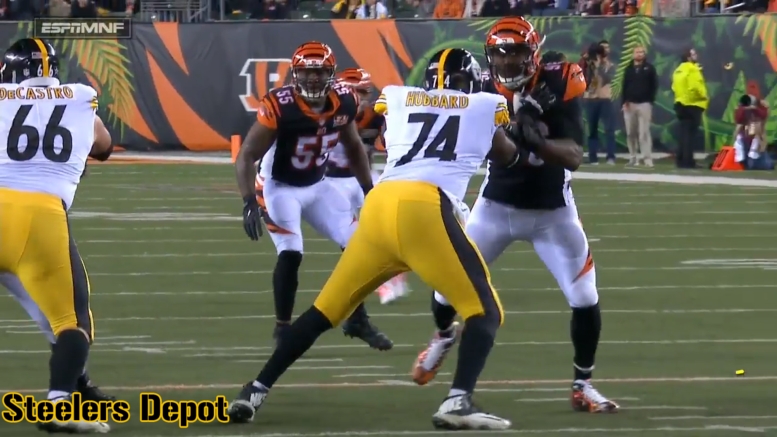The restricted free agent has become a dying breed ever since the new Collective Bargaining Agreement was installed, which made rookie contracts for players beyond the first round all four-year contracts. Previously, players beyond the first round were typically given three-year contracts, making them restricted free agents in the year that followed.
Thus, most players no longer see restricted free agency. Basically, it requires that you spend some time off of a 53-man roster or on no roster at some point. The Pittsburgh Steelers’ two restricted free agents this year serve as a good example of the remaining players who actually reach that point, and it will be interesting to see if they find any market.
Offensive lineman Chris Hubbard was initially an undrafted free agent in 2013, failing to make the roster his rookie year, where he lasted on the practice squad. When he failed to make the roster, his original contract voided, and he worked on one-year exclusive rights contracts since then.
Cornerback Ross Cockrell was a fourth-round pick of the Bills in 2014. Buffalo elected to release him following the 2015 season. Nobody claimed him off waivers—to do so would have required picking up the remainder of his rookie contract, which is an important fact.
When the Steelers signed him a short while later, they did so with a fresh new contract, re-signing him last year as well. After accruing three seasons of experience in the league, however, including the past two with Pittsburgh, he has now earned the right to enter restricted free agency.
Both players, once previously not though much of, played important roles for the Steelers this year. Cockrell emerged as their top cornerback—admittedly among a not so impressive group—leading the team in passes defensed. Hubbard played well in three starts at right tackle and then continued to be used as an extra lineman for the rest of the year.
The team elected to place original-round tenders on both of them, meaning, for each individual case, and team who signs Cockrell to an offer sheet would have to be prepared to relinquish a fourth-round draft pick, while Hubbard would draw no pick in exchange; the Steelers would merely have the right the choose whether or not to match the offer.
With the original-round tender this year coming in at approximately $1.8 million, the Steelers are hoping the potential price tag will provide a sufficient deterrent from either being signed, but it’s certainly possible that one or the other receives an offer. Emmanuel Sanders most recently received an offer that he accepted a few years ago, though the Steelers chose to match.
Hubbard is not a starter with the Steelers, but after his stint last season, it’s quite possible that some team sees him as somebody who can compete for a job on their line and signs him to a modest offer sheet, knowing they wouldn’t have to give anything else up but the money.
As for Cockrell, he is a legitimate starting cornerback on an NFL defense, even if he is not without his weaknesses. There is always a market for a starting cornerback, and even with a deep draft class, the right team may not be afraid to give up a fourth-round pick for one. Remember, the Patriots—the Patriots—were prepared to give up a third-round pick for Sanders on a $2.5 million one-year contract before he broke out into the Pro Bowler he is now.







